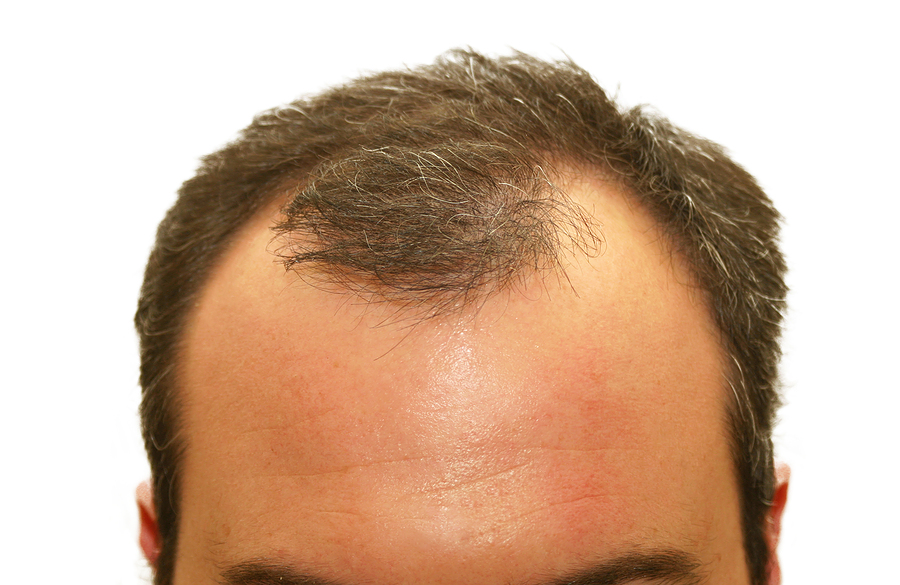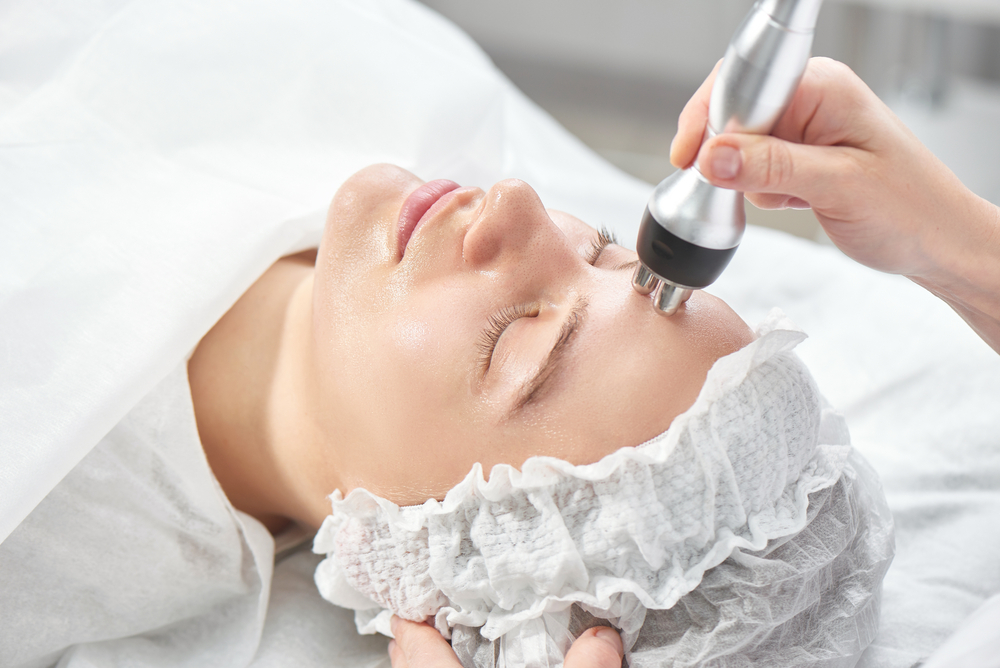
While medications can slow the effects of hair loss, the results are only short-term with less than 2/3 of men responding to treatment. Hair transplantation offers a safe and permanent solution to male pattern baldness.
For millions of men, going bald is a fact of life. While both men and women tend to lose hair thickness as they age, inherited or “pattern baldness” affects many more men than women. Some 25% percent of men in their 20’s experience hair loss and an an astonishing 2/3 of all men are affected after the age of 60. Most men who experience baldness have a hereditary condition called androgenic alopecia, more commonly known as male pattern baldness.
In this article, Dr. Carlos Castaneda of COSMED Plastic Surgery Center in Mexico answers common questions regarding the causes, symptoms and treatment options for hair loss. He discusses a hair replacement solution that is permanently effective and provides relief from the potentially damaging psychological and social effects caused by excessive hair loss.
Dr. Castaneda, how much is normal hair loss?
On average, an individual loses approximately 100 strands of hair through normal everyday actions such washing, brushing, or combing. When excessive hair loss or baldness occurs over a long period of time, it is called alopecia.
What is hair loss caused by?
95% of all hair loss in men is caused by a hereditary condition known as androgenetic
alopecia, commonly referred to in men as male pattern baldness (there is female pattern baldness too). Men who have this condition have increased levels of an enzyme called 5(alpha)-reductase which transforms testosterone into dihydrotestosterone (DHT). It turns out that DHT causes follicles to sprout shorter and finer hairs and eventually, over time, the hair follicle shrinks and dies out. Because men have higher levels of testosterone, they are more likely to be affected by hair loss. Also, as people age, their hair growth rate slows and as a result hair begins to thin out. Again, the factors that are implicated in pattern baldness are:
- a genetic predisposition to hair loss
- the presence of dihydrotestosterone (DHT), a male hormone
- age progression
Do medications intended to control or combat hair loss really work?
There are two main drugs approved by the FDA to treat male pattern baldness. Their effectiveness, however, is short-term and more likely successful if used on an individual at the early stages of hair loss. Less than 2/3 of men report obtaining actual results.
- Minoxidil (Rogaine) is a topical medication applied directly to the scalp twice a day to stimulate hair follicles. Once you stop applying the solution, hair loss returns to the previous degree.
- Finasteride (Propecia) is a prescription pill that inhibits the production of the DHT. It is intended for men only and taken orally once a day. Like minoxidil, it is more likely to slow hair loss than promote new hair growth. Once medication is stopped, hair loss returns.

Male pattern baldness is typically characterized by a receding hairline. Additional hair loss at the top (vertex) may develop as well.
Is there a permanent treatment for baldness?
Yes, surgical hair restoration, or hair transplantation is the only permanent solution for hair loss.
What is hair transplantation?
Hair transplantation is the surgical procedure which involves the
removal of hairs from donor areas, commonly the back and sides of the head, which are then transplanted to other areas that are thinning or balding.
Because the hairs removed from the donor area are not susceptible to
baldness, they will continue to grow for a lifetime once transplanted.
Follicular unit grafting is the most modern and state-of-the-art procedure
for hair transplantation.
Is it a hair transplantation a painful procedure?
No, the procedure is done under local anesthesia and oral sedation to help the patient relax. CosMed Clinic provides a relaxing environment where the patient can watch a movie or a ball game while the procedure is performed. The procedure typically lasts between 3 and 6 hours.
What is the minimum age a person should be to have a hair transplant?
Patients can range from 21 to 80 years of age. Hair transplantation is a cosmetic procedure with quick recovery time and little to no risk. It has no minimum age requirement.
Before surgery, do I have to cut the hair on the top of my head short or shave?
Cutting the hair short can make the procedure faster but it’s not necessary.
How many grafts can be provided during one procedure?
Between 1000 to 2500 hair grafts.
Is this an outpatient procedure?
Yes, the patient can return home right after the procedure. Having someone else drive is necessary if oral sedation is used.
What’s the recovery like?
The grafts form small scabs in the days after the procedure. If one
has enough surrounding hair, these scabs can be camouflaged with creative
styling. If not, the small scabs may be visible but do not attract much
attention. By keeping the scalp moist, the scabs usually come off in about a
week or so.
Is it normal for recently transplanted hair to fall off?
Yes, some of the recently transplanted hairs will fall off but will regrow once the follicle enters the growth phase.
Before you decide whether hair transplantation is a possible treatment option, make sure to talk to your health care provider to rule out other potential causes of excessive hair loss. If you would like to talk to one of the board certified surgeons at CosMed Clinic, schedule a free virtual consultation here.
**********
About the contributing author:
Dr. Carlos E. Castañeda, M.D. is a Plastic, Aesthetic and Reconstructive Surgeon experienced in cosmetic and reconstructive procedures. He graduated at the top of his class from the University of Baja California and is board certified by the Mexican Council of Plastic, Aesthetic and Reconstructive Surgery (CMCPER) and is a member of the Mexican Association of Plastic, Aesthetic and Reconstructive Surgery (AMCPER).
Have a question or comment? Share it here.





